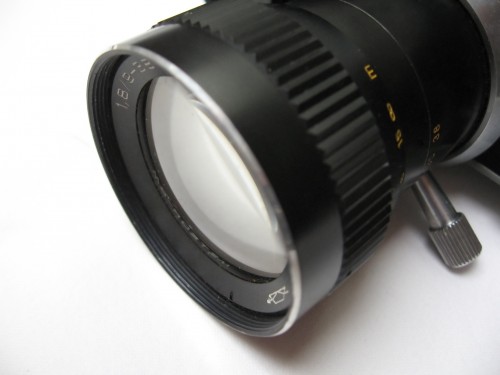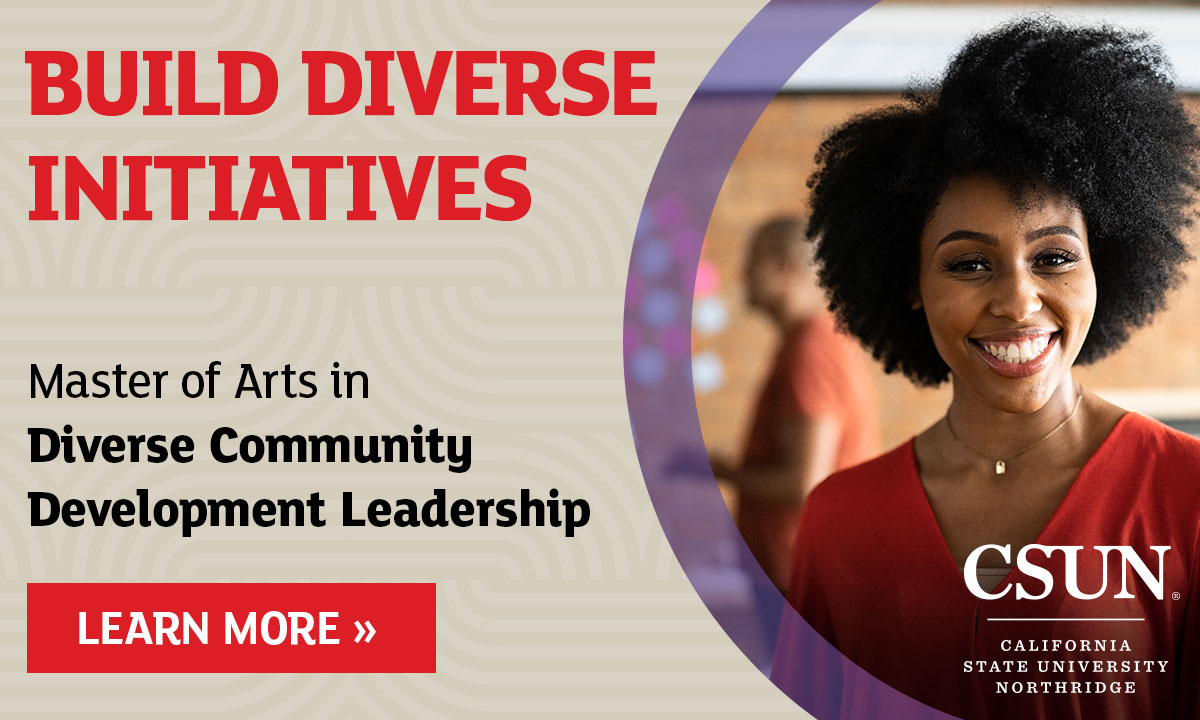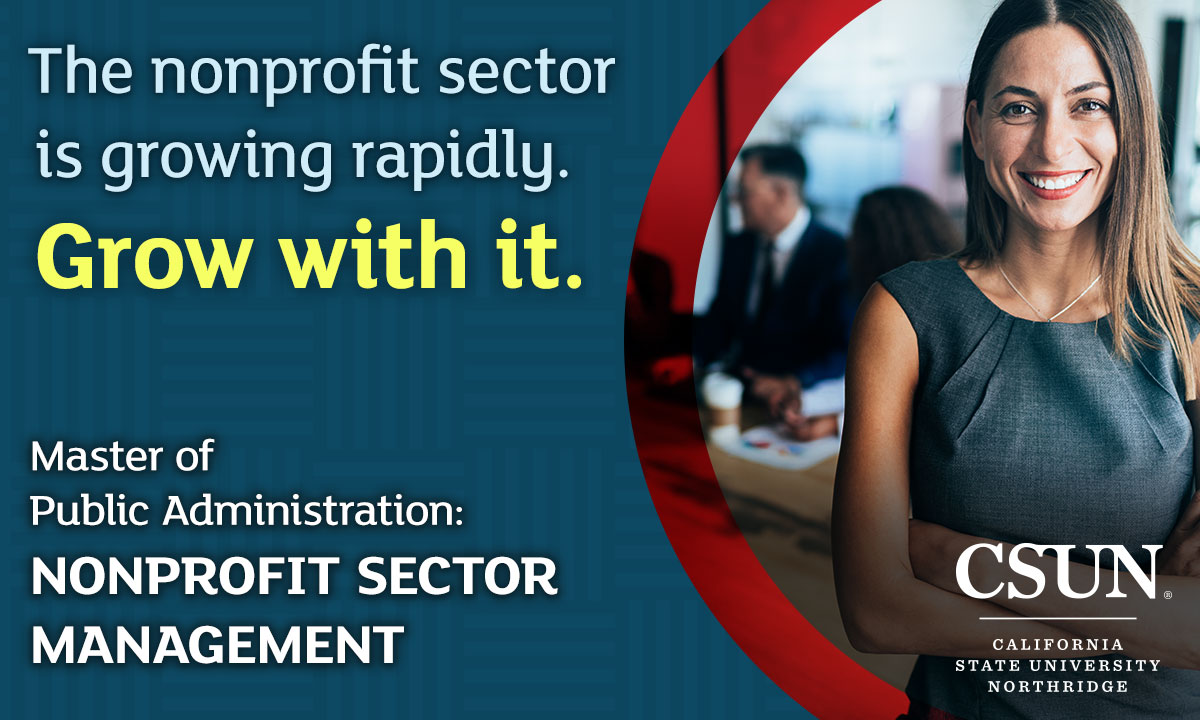10 Tips for Effective Video Storytelling
 Creating a video for your nonprofit organization can be a daunting task. But the benefits of getting behind the camera, or in front of it, are worth it. “1.8 million words is the value of one minute of video,” according to Dr. James McQuivey of Forrester Research. Videos inspire people to get involved or donate to a cause. It is estimated that 100 million internet users watch online video everyday. If you’re ready to get started, here are some simple guidelines for creating a video narrative:
Creating a video for your nonprofit organization can be a daunting task. But the benefits of getting behind the camera, or in front of it, are worth it. “1.8 million words is the value of one minute of video,” according to Dr. James McQuivey of Forrester Research. Videos inspire people to get involved or donate to a cause. It is estimated that 100 million internet users watch online video everyday. If you’re ready to get started, here are some simple guidelines for creating a video narrative:
1. Keep It Short. A typical story on the evening news is 90 seconds. So unless you are making a documentary film, get to the point quickly and conversationally.
2. Focus on a Compelling Character. Choose a person with a story – ideally a beneficiary of your services. According to Georgetown University’s Center for Social Impact Communication, 90% of memorable stories had a clear hero who “undergoes some sort of change or transformation.” A volunteer or donor can also be a passionate spokesperson.
3. Pick an Angle with Lots of Visuals. The goal is to show your organization’s mission in action or make the case for why services are needed. That means showing images that tug at people’s heartstrings. For example if your organization provides meals to the homeless, shoot long lines at a soup kitchen, instead of a sign outside the building.
4. Find a Relevant Location for the Interview. If you’re interviewing a teacher, shoot them in a classroom. If the interview is focused on animals, find a natural habitat for the backdrop. Also encourage your interviewee to wear their typical work attire. Interviewing a doctor in their white lab coat adds credibility.
5. Record High Quality Audio. Using an external microphone as close to the source as possible will help avoid scratchy or muffled sound. If you don’t have the resources to buy camera equipment try websites that do it for you, such as Videolicious or the free smartphone app Cameo.
6. Use a Tripod. A top indicator of an amateur shooter is shaky video. A professor once told me that “the world is your tripod”, so find any level surface to set the camera on like a rock or fence.
7. Set the Scene by Shooting Sequences. Shooting a variety of wide shots, medium shots, and tight close-ups keeps the video visually interesting and makes editing easier. For example if you are shooting a story about a bowling alley get a wide shot of all the lanes, a medium shot of an individual bowler, and then a tight shot of a rolling bowling ball.
8. Don’t Pan or Zoom. Too much movement will make your video look jerky. Instead hold steady on each shot for 10 seconds. This will ensure you have 3-5 seconds of usable video during the editing process. More proficient shooters can try holding the camera steady and moving with their body.
9. Record Natural Sound. Avoid chit-chat while you are shooting, so the camera picks up on ambient noise such as a chirping bird, train siren, or ringing phone. Integrating pops of natural sound will help transport viewers to the front lines of your story.
10. Match Your Video to the Sound. Write to your video, so the audio corresponds with the images on screen. You can also edit video over a long sound byte to reinforce what the interviewee is saying.
To check out some examples of nonprofit videos visit our sister company, the givinglibrary.org. Also add a video to your free profile page on GreatNonprofits.org. Here is a five minute tutorial of how to complete your nonprofit profile https://www.youtube.com/watch?v=9ToQBpq9fPo.

Brittany Freitas is a media professional, with 5+ years of experience producing and reporting local television news. You can reach her at brittany@greatnonprofits.org.




















